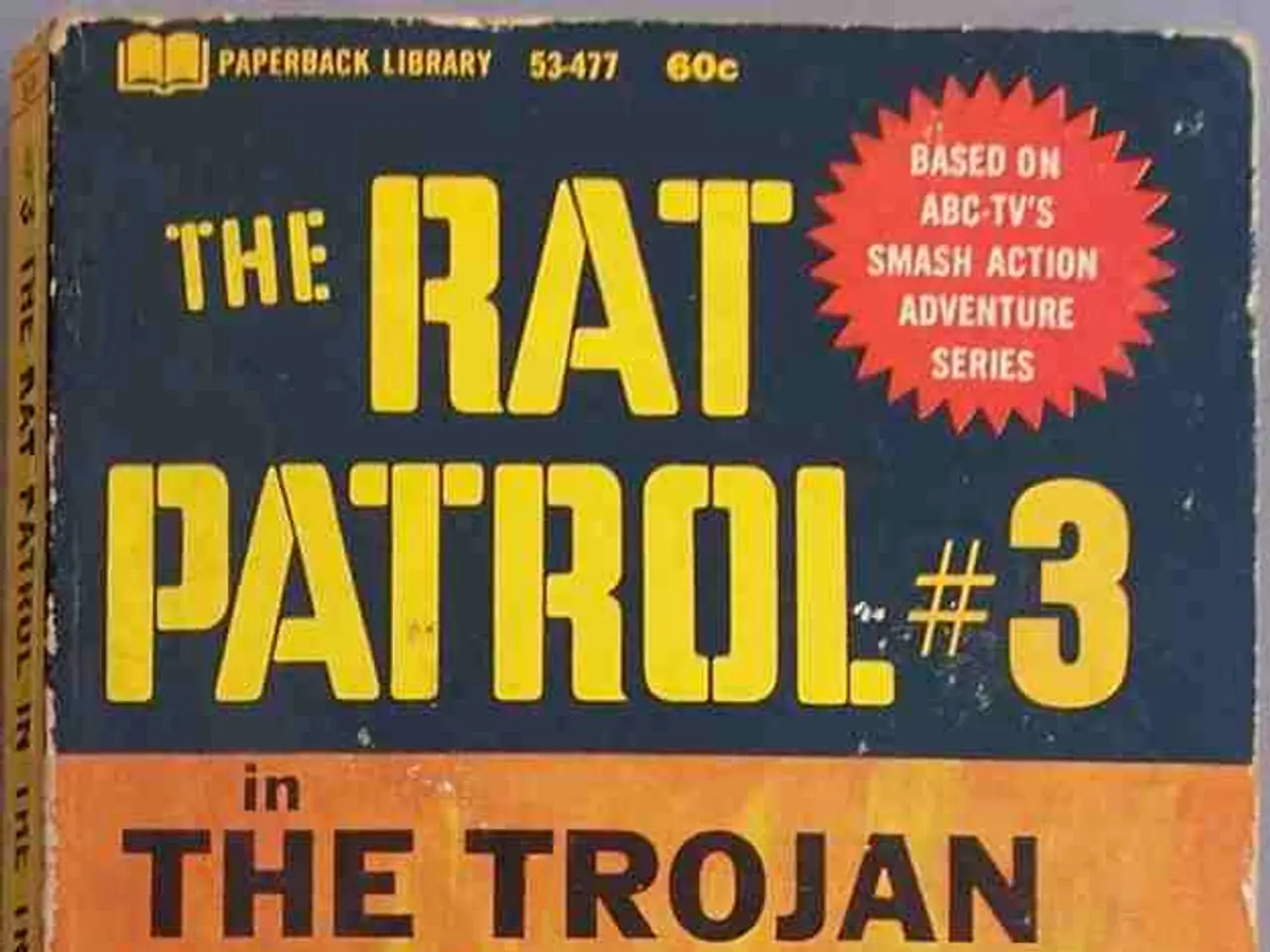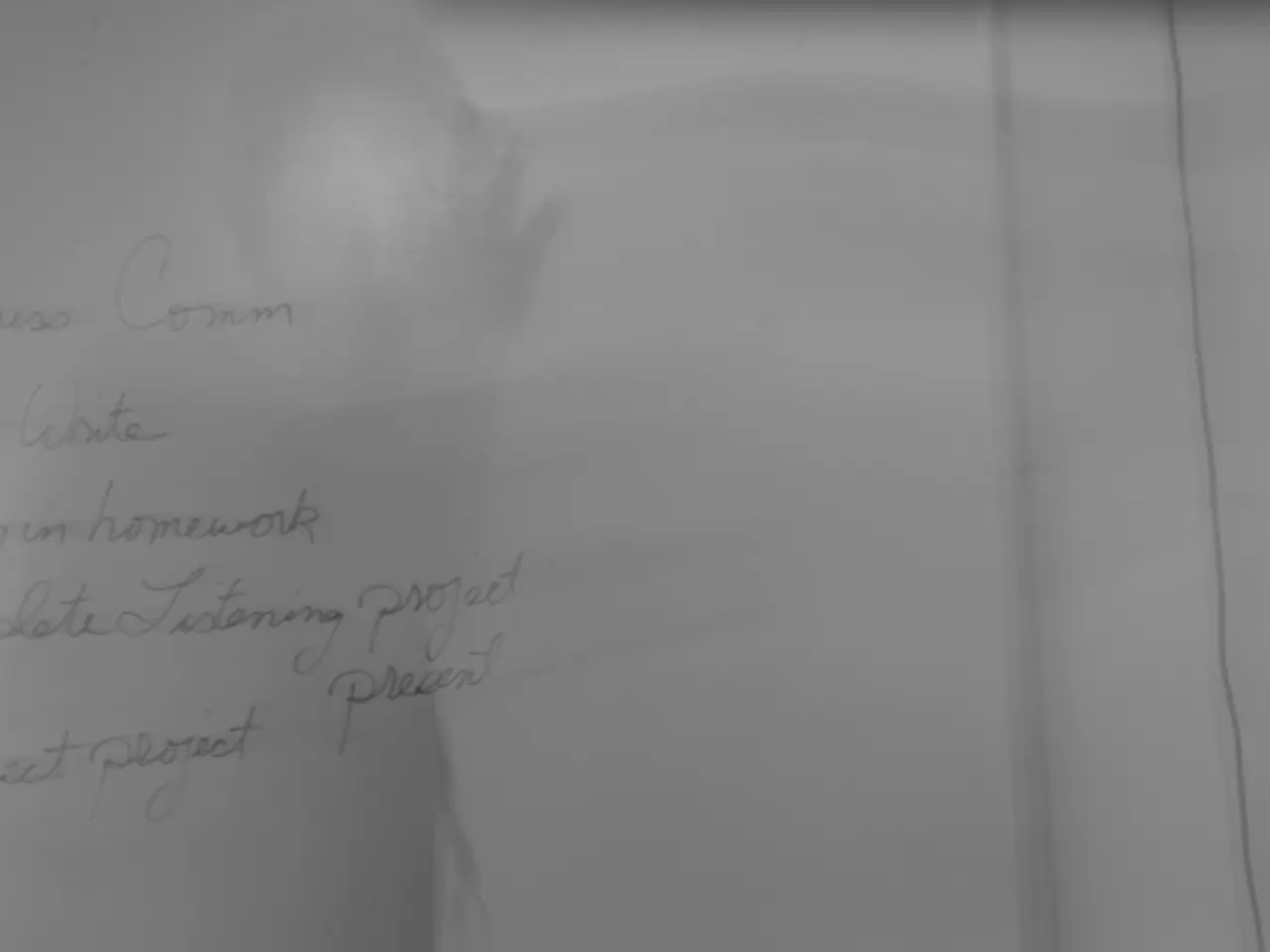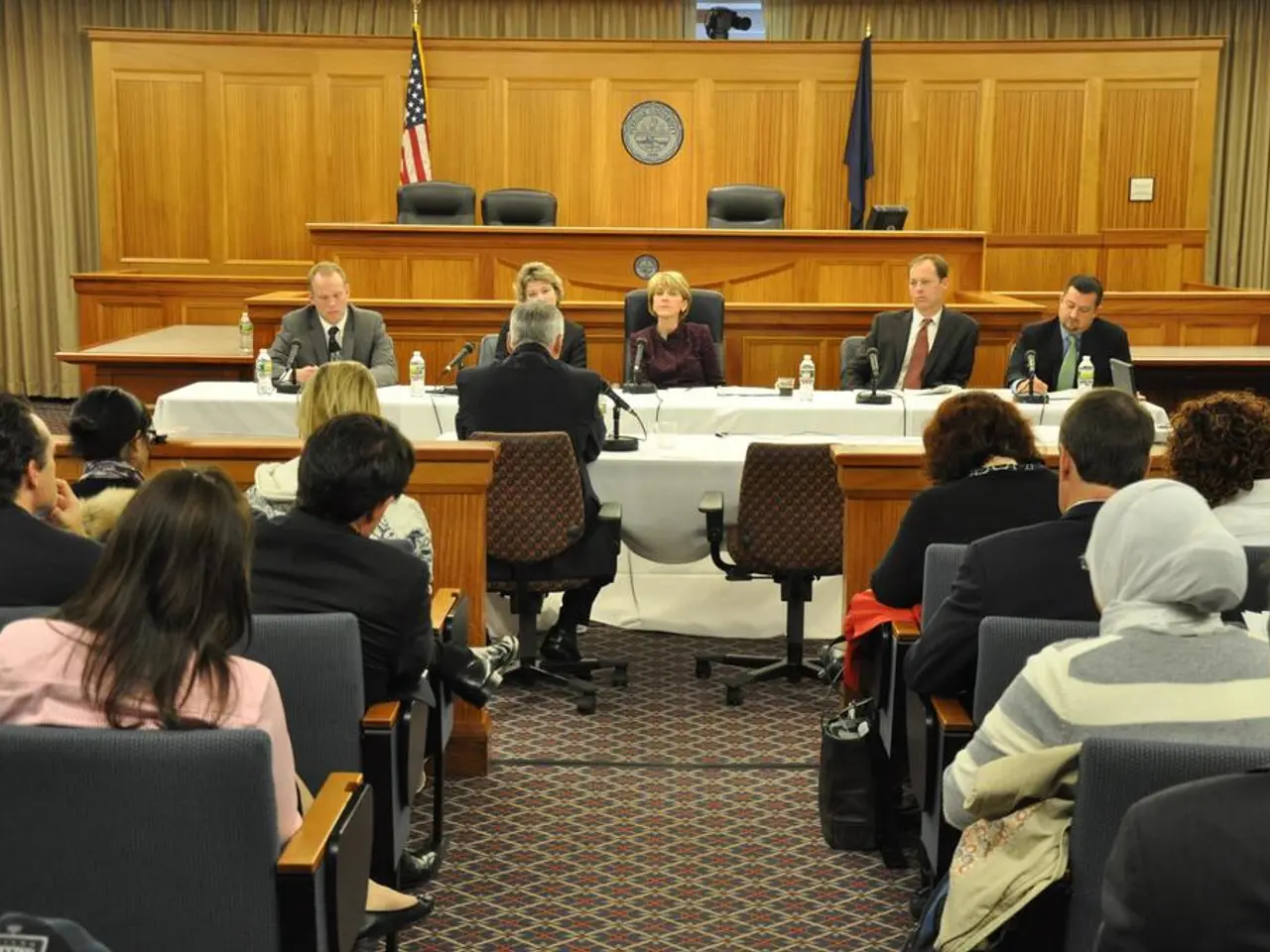Unveil the clandestine World War II spy network that equipped women with lethal hand-to-hand combat skills.
In the tumultuous years of World War II, a group of unsung heroes emerged from the shadows - the women of the Special Operations Executive (SOE). These brave souls played critical roles as undercover agents, operatives, spies, saboteurs, and wireless radio operators who worked behind enemy lines, primarily in Nazi-occupied Europe such as France.
The SOE was a secret taskforce charged with sabotage, espionage, and guerrilla warfare behind enemy lines. Established by Prime Minister Winston Churchill in 1940, its mission was to "set Europe ablaze." The SOE began as an informal club but later expanded its approach to recruit women with skills such as knowledge of foreign languages. They were trained for two perilous roles: wireless operator or courier.
The training was rigorous and specialized, preparing them for the high-risk nature of their missions. Women were taught sabotage techniques, marksmanship, wireless operation, and deadly close-combat methods designed for silent execution. Size or strength was irrelevant to the skills being taught by the SOE. They were often parachuted into occupied countries to work undercover.
Despite the high risk – the average life expectancy of a wireless operator was only about six weeks in occupied France – they undertook extremely dangerous missions involving espionage, sabotage, and guerrilla warfare, often at the cost of their lives. Among the missing agents were Noor Inayat Khan, Violette Szabo, and Odette Sansom, who were captured, tortured, or executed during their missions.
Notable examples include Vera Atkins, a senior intelligence officer in SOE's French 'F-Section', who made it her personal mission to trace the fate of missing SOE agents after the war. Another heroine was Noor Inayat Khan, a radio operator who maintained critical resistance communications despite the extreme dangers, ultimately being captured and executed without betraying secrets.
The SOE agents, including women, often had to carry false identity papers, miniature explosives, and radio sets disguised as suitcases or farm equipment. The life expectancy of a wireless operator was six weeks due to the risk of being detected by the Germans.
The SOE was disbanded in 1946, months after Churchill left office, due to the secrecy and political sensitivity of its work. However, the story of these heroic women often appears glamorous, but there is much more work to be done in telling the hidden stories that reveal great adversity and sacrifice.
Dr. Kate Vigurs, the author of "Mission Europe: The Secret History of the Women of SOE" (YUP, 2025), explains that the SOE trained women to kill with their bare hands. Women were generally excluded from census lists for forced labor in occupied countries, making them invaluable as undercover agents. The SOE supported resistance movements across Nazi-occupied Europe, destabilized enemy supply lines, and gathered intelligence crucial to Allied victories.
These women, though often overlooked, played pivotal roles in the success of the Allied forces during World War II. Their stories serve as a reminder of the courage, resilience, and sacrifice demonstrated by ordinary people in extraordinary circumstances.
Military history and general news often highlight the pivotal roles women of the Special Operations Executive (SOE) played during World-War-and-conflicts, particularly in the tumultuous years of World War II. Trained in secret by the SOE, these women were equipped with skills such as espionage, sabotage, marksmanship, and wireless operation, contributing significantly to politics by supporting resistance movements and gathering crucial intelligence for Allied victories.







